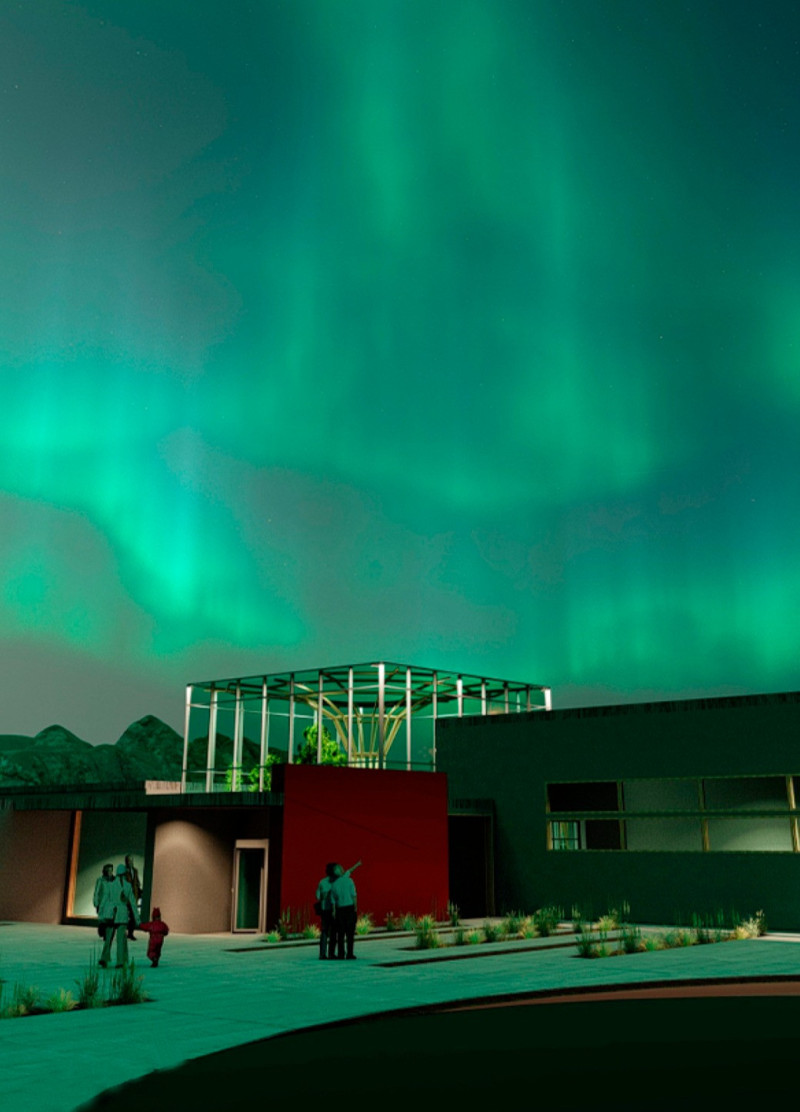5 key facts about this project
The Tropicarium Light House is an innovative space that blends dining with agricultural production. Situated near Mývatn lakes, the design offers a functional setting for both food cultivation and eating. It aims to create a closer connection between diners and the processes that bring food to their plates. By using fish metabolic residues as nutrients for plants, the Tropicarium ensures fresh, organic produce throughout the year without relying on pesticides.
Architectural Concept
The architectural idea focuses on combining aquaculture and agriculture to support one another. By showcasing how food is grown, the design enhances the dining experience while educating visitors about sustainable practices. This environment encourages people to think about where their food comes from and the importance of food production methods.
Functional Layout
The restaurant consists of five modular areas, each designed for different experiences. They are arranged to provide views of the productive gardens and the nearby lakes. This design promotes interaction with the surrounding landscape and invites diners to engage with the site. The layout also supports educational initiatives, explaining the various supply chains involved in food production.
Sustainable Features
Sustainability plays a key role in the overall design. The project features extensive greenhouses that display a variety of edible plants, blending aesthetic appeal with practical function. Geothermal energy systems are used to reduce environmental impact, while the basement is dedicated to essential logistical needs. Together, these elements reinforce a commitment to sustainability throughout the space.
Innovative Agricultural Systems
A modular system using hollow plastic towers for crops enhances efficiency in food production. This design reduces water usage while allowing for rapid growth and multiple harvests each year. The careful arrangement of these agricultural systems supports a steady supply of produce, making the project both productive and resource-conscious.
The greenhouse's geometric forms rise above the landscape, reflecting sunlight during the day and emitting a warm glow at night. This interplay between light and structure creates a harmonious connection between the built environment and its natural surroundings.






















































